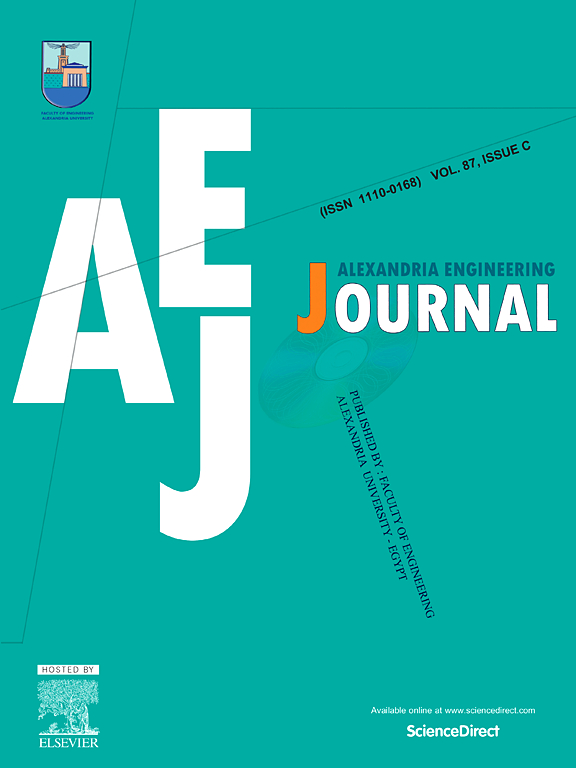基于氦-3 中子探测器的硼测量仪物理性质分析
IF 6.2
2区 工程技术
Q1 ENGINEERING, MULTIDISCIPLINARY
引用次数: 0
摘要
硼计通常用于实时监测压水反应堆一回路水中的硼浓度,以确保反应堆的安全运行。本文介绍了硼计使用 Am-Be 中子源和 He-3 中子探测器的情况。它分析了硼计的物理特性,包括 Am-Be 中子源的能谱特性、He-3 中子探测器的灵敏度、硼计探测装置的辐射屏蔽以及中子计数率与硼浓度之间的拟合关系。利用 MCNP 程序对硼仪进行了精确的物理建模,并将计算结果与实验结果进行了综合比较。提出了使用修正系数 μ 来调整计数率计算结果的方法。研究结果表明,氦-3 中子探测器的灵敏度、硼表探测装置表面的剂量率、中子计数率等计算结果与实验结果一致,验证了硼物理模型的准确性。该物理模型可用于更精细的计算分析或优化当前硼计的物理设计,从而节省实验成本。本文章由计算机程序翻译,如有差异,请以英文原文为准。
Analysis of the physical properties of a boron meter based on He-3 neutron detector
Boron meter is commonly used for real-time monitoring of boron concentration in the primary circuit water of pressurized water reactors to ensure the safe operation of the reactor. This paper introduces the use of Am-Be neutron source and He-3 neutron detector for a boron meter. It analyzes the physical properties of a boron meter, including the energy spectrum characteristics of Am-Be neutron sources, the sensitivity of He-3 neutron detector, radiation shielding of the boron meter’s detection device, and the fitting relationship between neutron count rate and boron concentration. The boron meter was accurately physically modeled using the MCNP program, and the calculated results were comprehensively compared with experimental results. A method using correction factor μ to adjust the count rate’s calculated results was proposed. The research results show that the sensitivity of He-3 neutron detectors, the dose rate on the surface of the boron meter detection device, neutron count rate, and other calculated results are consistent with the experimental results, verifying the accuracy of the boron physical model. This physical model can be used for more refined computational analysis or to optimize the current physical design of the boron meter, thus saving experimental costs.
求助全文
通过发布文献求助,成功后即可免费获取论文全文。
去求助
来源期刊

alexandria engineering journal
Engineering-General Engineering
CiteScore
11.20
自引率
4.40%
发文量
1015
审稿时长
43 days
期刊介绍:
Alexandria Engineering Journal is an international journal devoted to publishing high quality papers in the field of engineering and applied science. Alexandria Engineering Journal is cited in the Engineering Information Services (EIS) and the Chemical Abstracts (CA). The papers published in Alexandria Engineering Journal are grouped into five sections, according to the following classification:
• Mechanical, Production, Marine and Textile Engineering
• Electrical Engineering, Computer Science and Nuclear Engineering
• Civil and Architecture Engineering
• Chemical Engineering and Applied Sciences
• Environmental Engineering
 求助内容:
求助内容: 应助结果提醒方式:
应助结果提醒方式:


